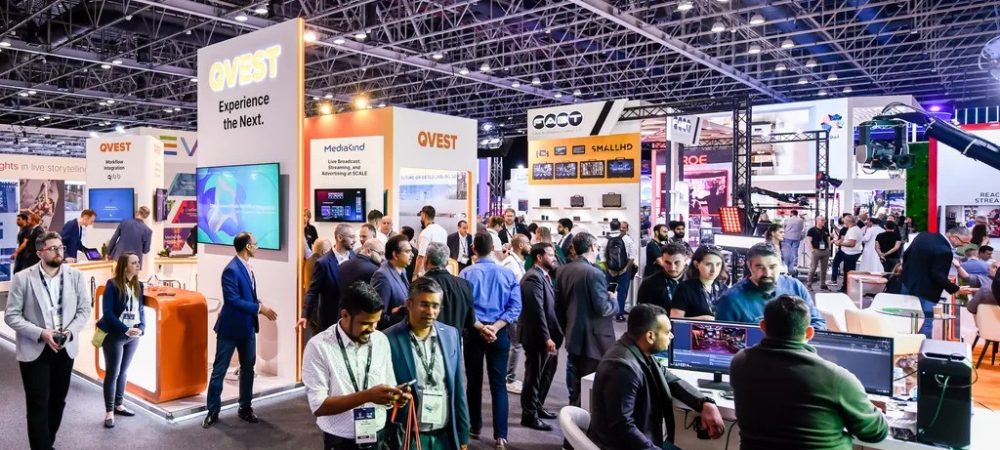Iceotope, the global leader in Precision Immersion Cooling, has announced its chassis-level cooling system. Ku:l Data Centre is the product of a close collaboration between Iceotope, Intel and HPE and promises a faster path to net zero operations by reducing Edge and data centre energy use by nearly a third.
Once the sole preserve of arcane, high performance computing applications, liquid cooling is increasingly seen as essential technology for reliable and efficient operations of any IT load in any location. There is a pressing concern about sustainability impacts as distributed Edge Computing environments proliferate to meet the demand for data processing nearer the point of use, as well as growing facility power and cooling consumption driven by AI augmentation and hotter chips.
Working together with Intel and HPE, Iceotope benchmarked the power consumption of a sample IT installation being cooled respectively using air and precision immersion liquid cooling. The results show a substantial advantage in favour of liquid cooling, reducing overall power use across IT and cooling infrastructure.
Putting Ku:l Data Centre to the test
To understand the operational advantages of Iceotope’s Precision Immersion Cooling system, Ku:l Data Centre was compared to a traditional air-cooled system using a 19.6kW load comprising 16x HPE ProLiant DL380 Gen10 servers under stress test conditions.
Laboratory tests, using industry-standard high power computing benchmarks across a range of ambient temperatures, demonstrated that the Iceotope Precision Immersion Cooled system enabled a four percent increase in performance with zero throttling in higher ambient temperatures at server level and consumed 1kW less energy at rack level than its air-cooled counterpart. This represents a five percent energy saving in the IT alone and a 30% saving at scale based on a typical cooling power usage effectiveness (pPUE) of 1.4 in air and 1.04 in liquid cooled data centres.
Air cooling challenges overcome with Ku:l Data Centre
Air cooling cannot be used precisely or sustainably to cool high-power chips and processors and it is commonly held that it is no longer a suitable approach for ensuring an appropriate operating environment for increasingly energy dense IT equipment.
Not only is liquid a significantly more effective medium for heat removal than air, but each liquid-cooled chassis is 100% sealed protecting the critical IT from the surrounding atmosphere – rendering it impervious to dust, gases and humidity – and creating a stable operating environment. Isolating the IT from the external environment opens a world of potential facility sites and distributed IT locations that could not have been considered until now.
Iceotope Director of Product Strategy, Jason Matteson, said: “The processing requirements for ubiquitous AI and high-performance applications across the board are already creating a sustainability dilemma for operators. Accommodating a precipitous increase in chip power at the same time as lowering carbon emissions in distributed Edge locations as well as data centres is problematic. Iceotope’s Ku:l Data Centre demonstrates a very practical response to an urgent need for a paradigm shift in data centre design.”
Click below to share this article







